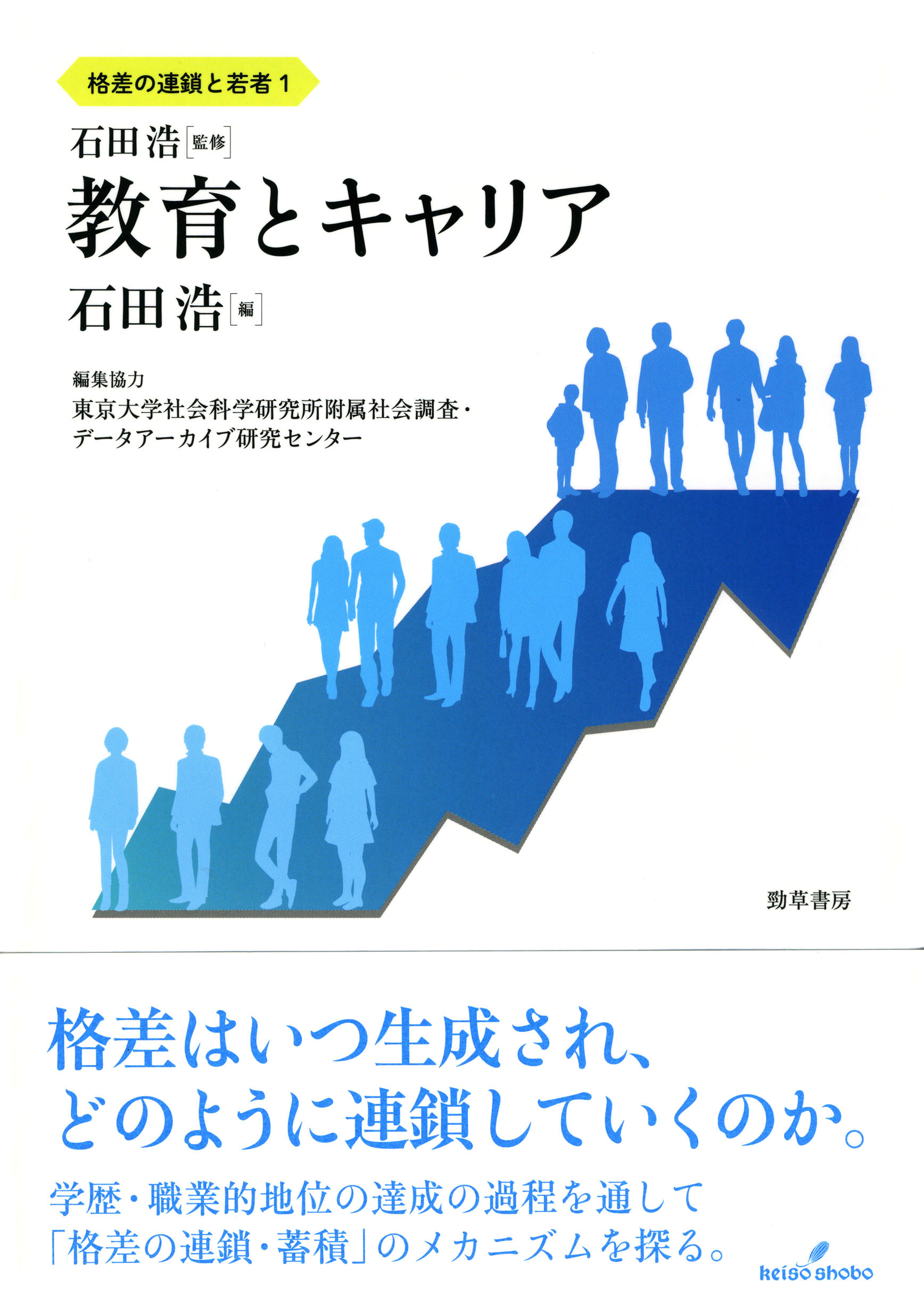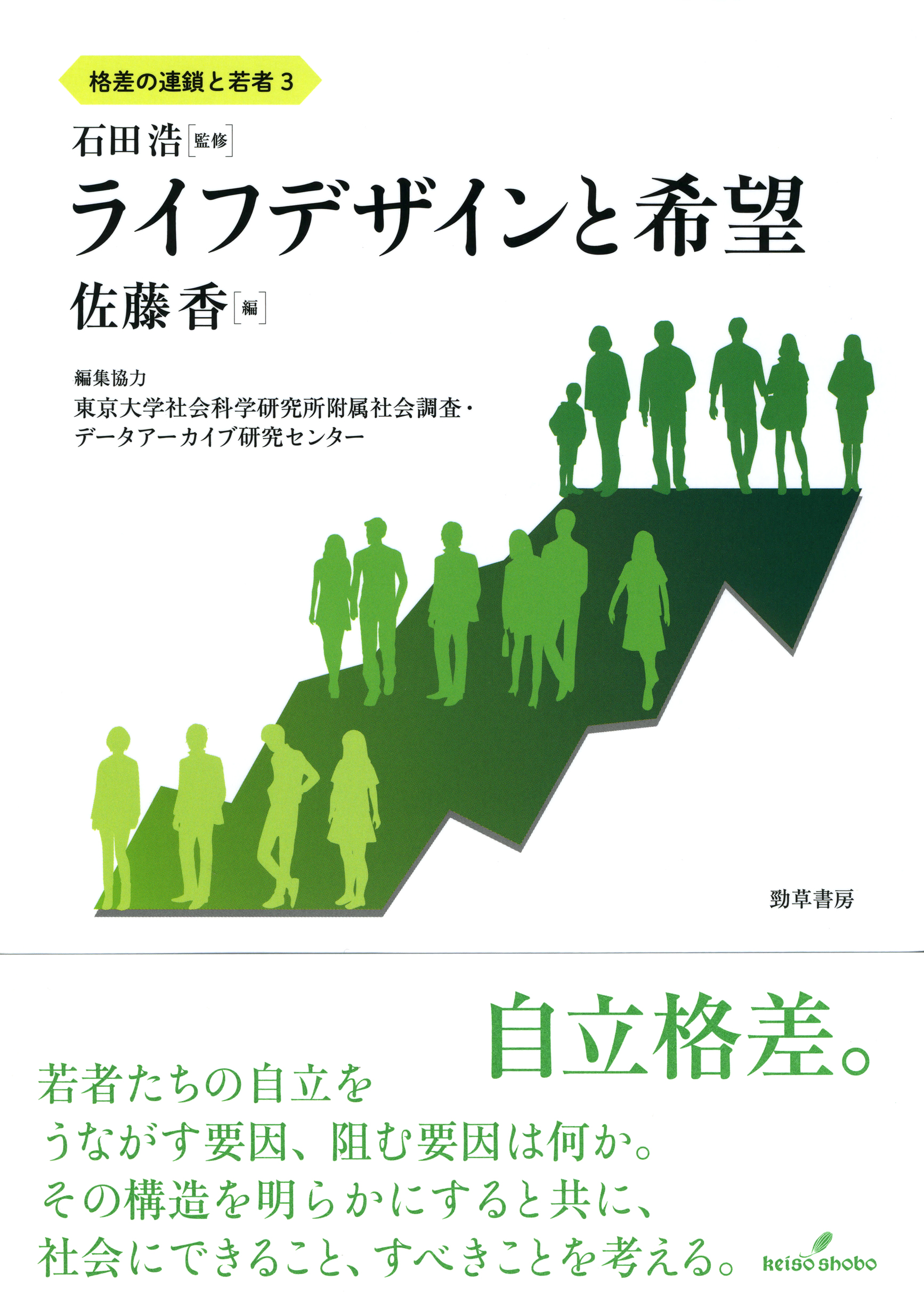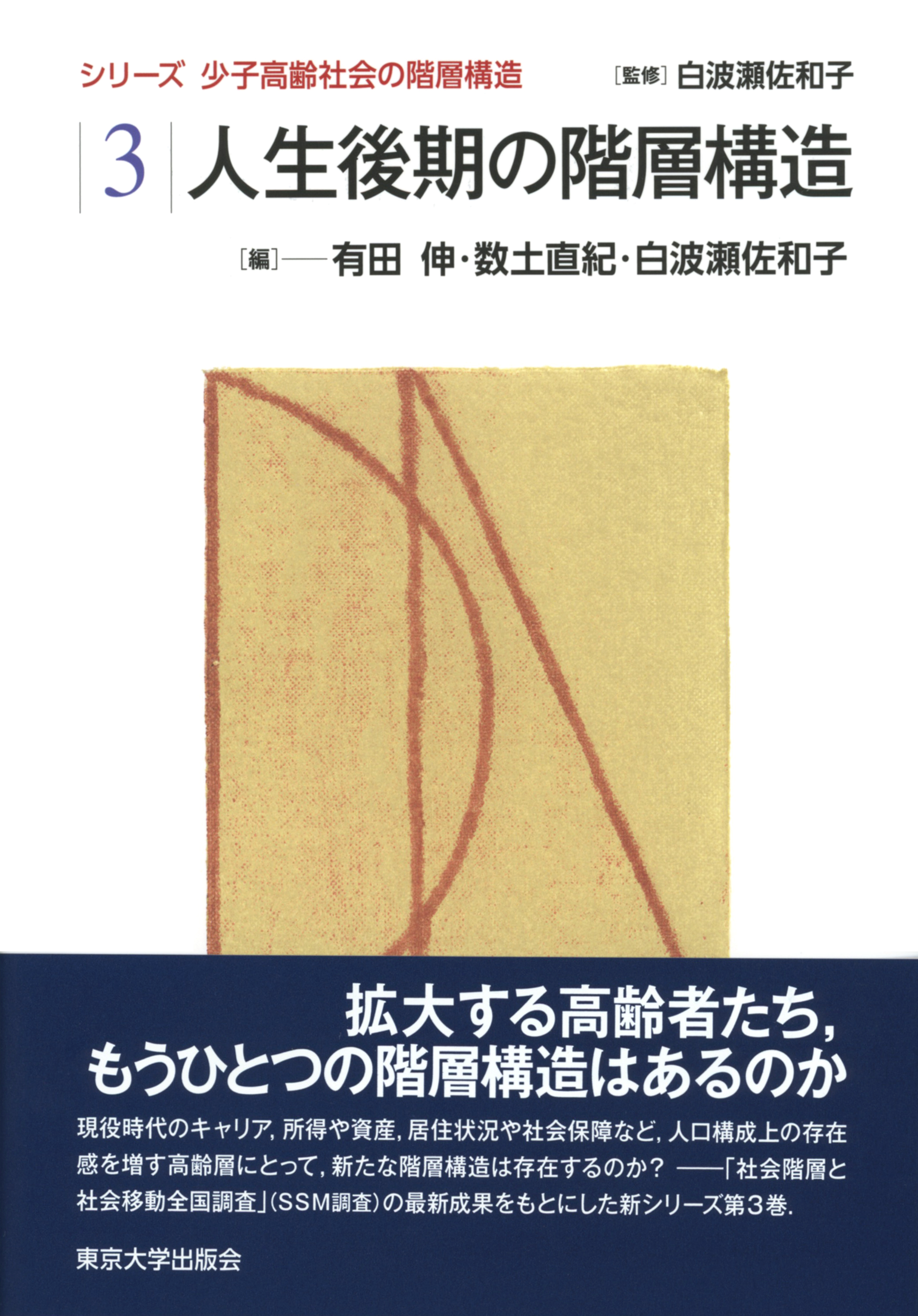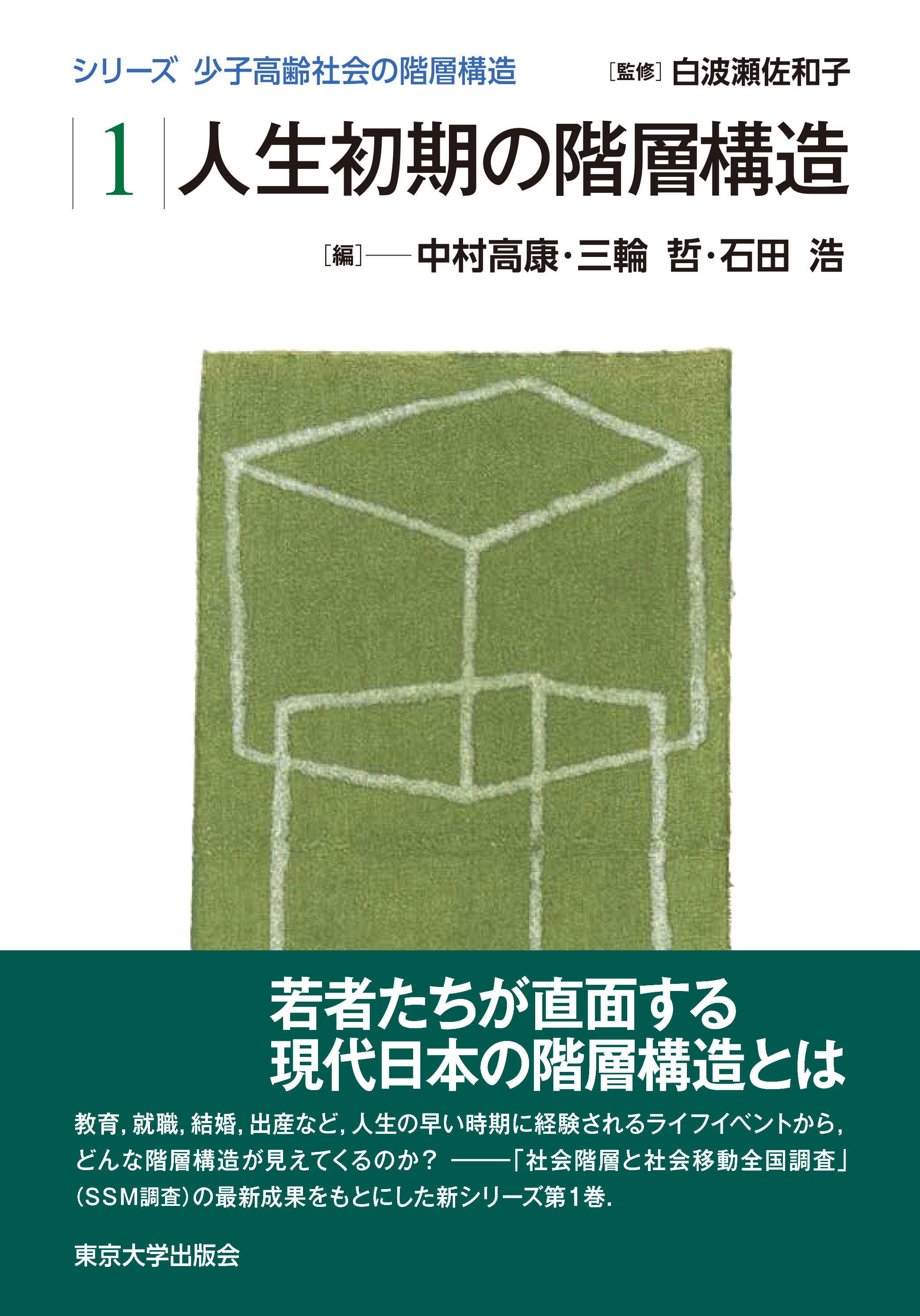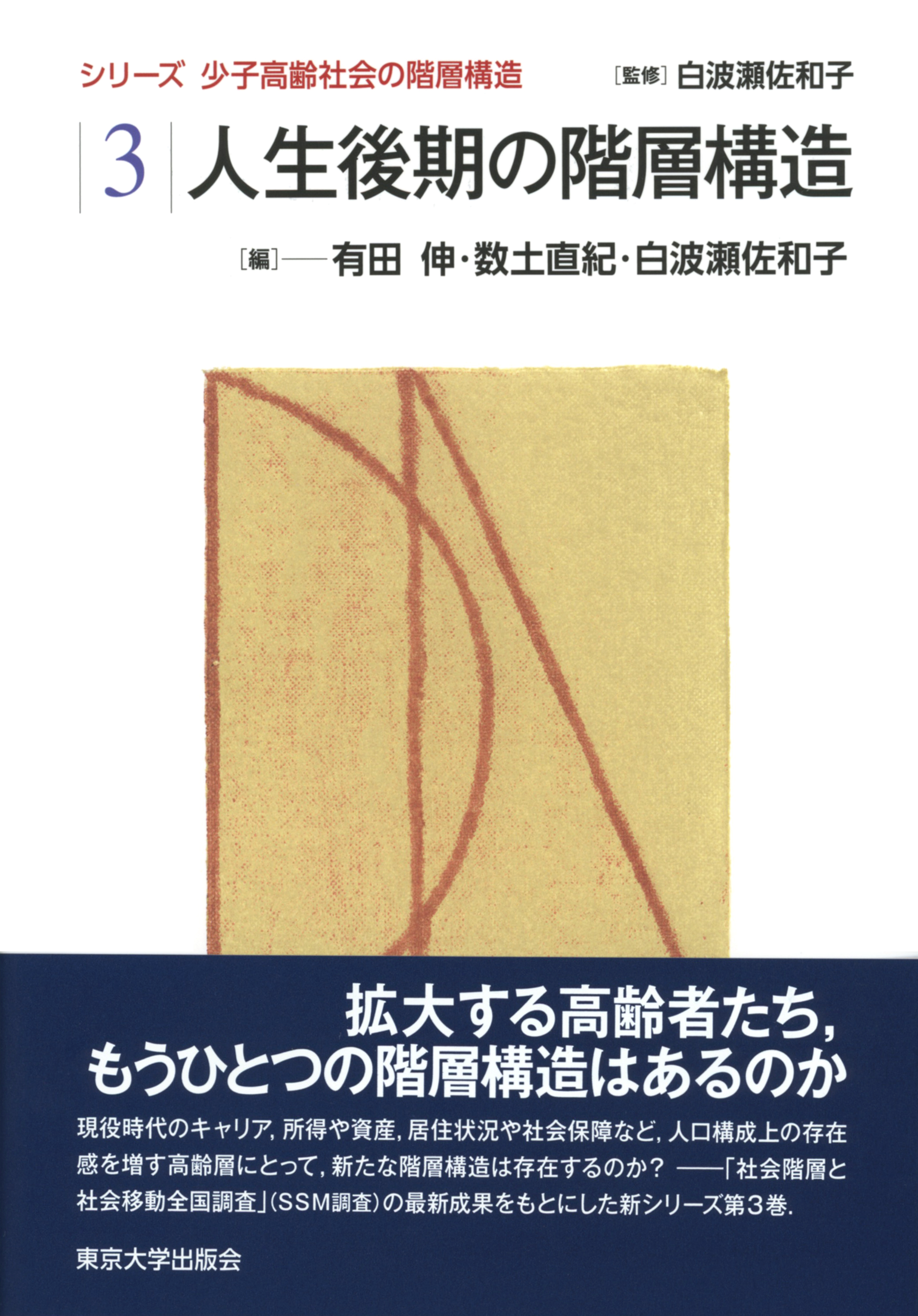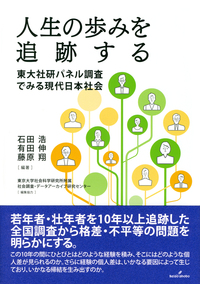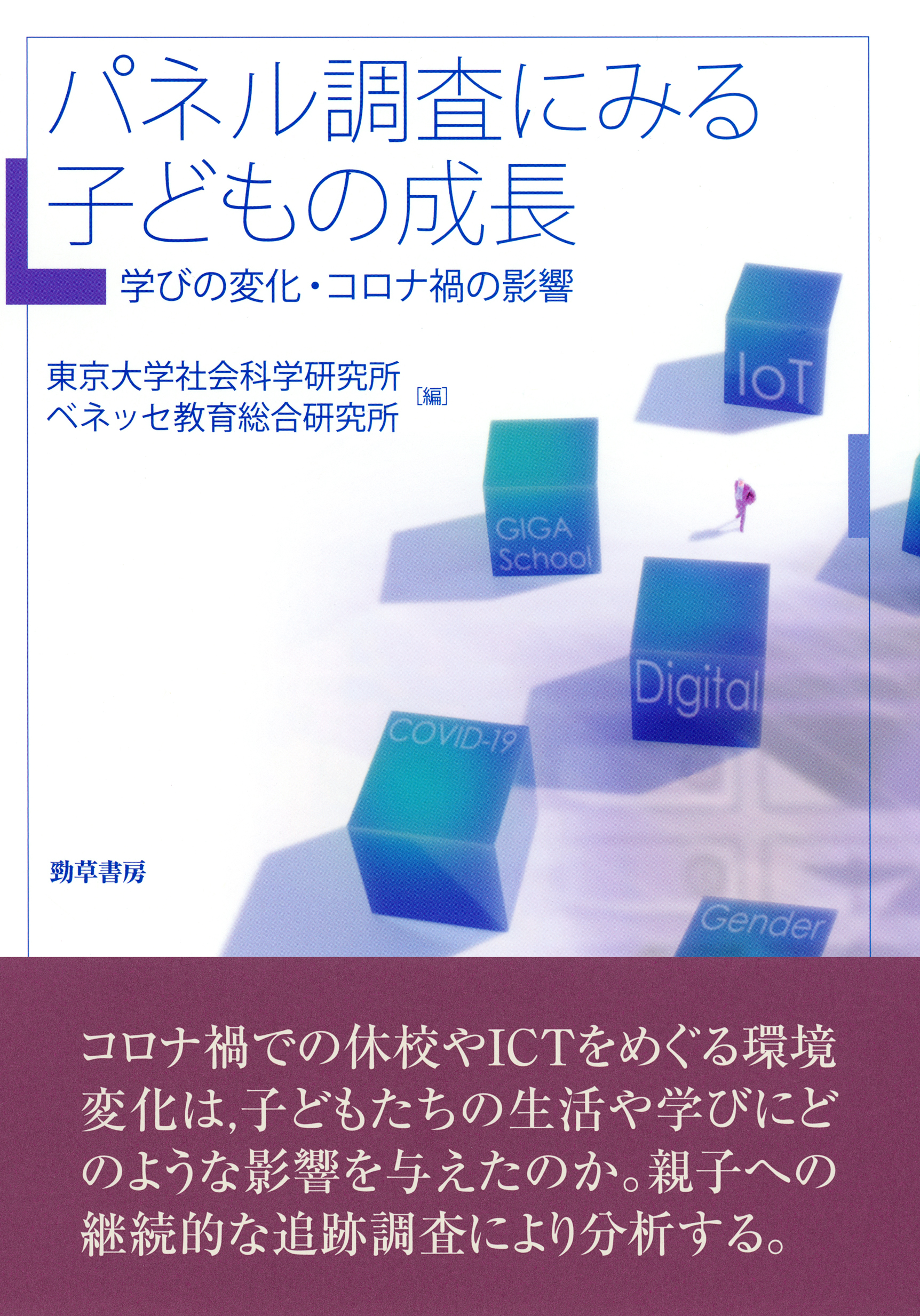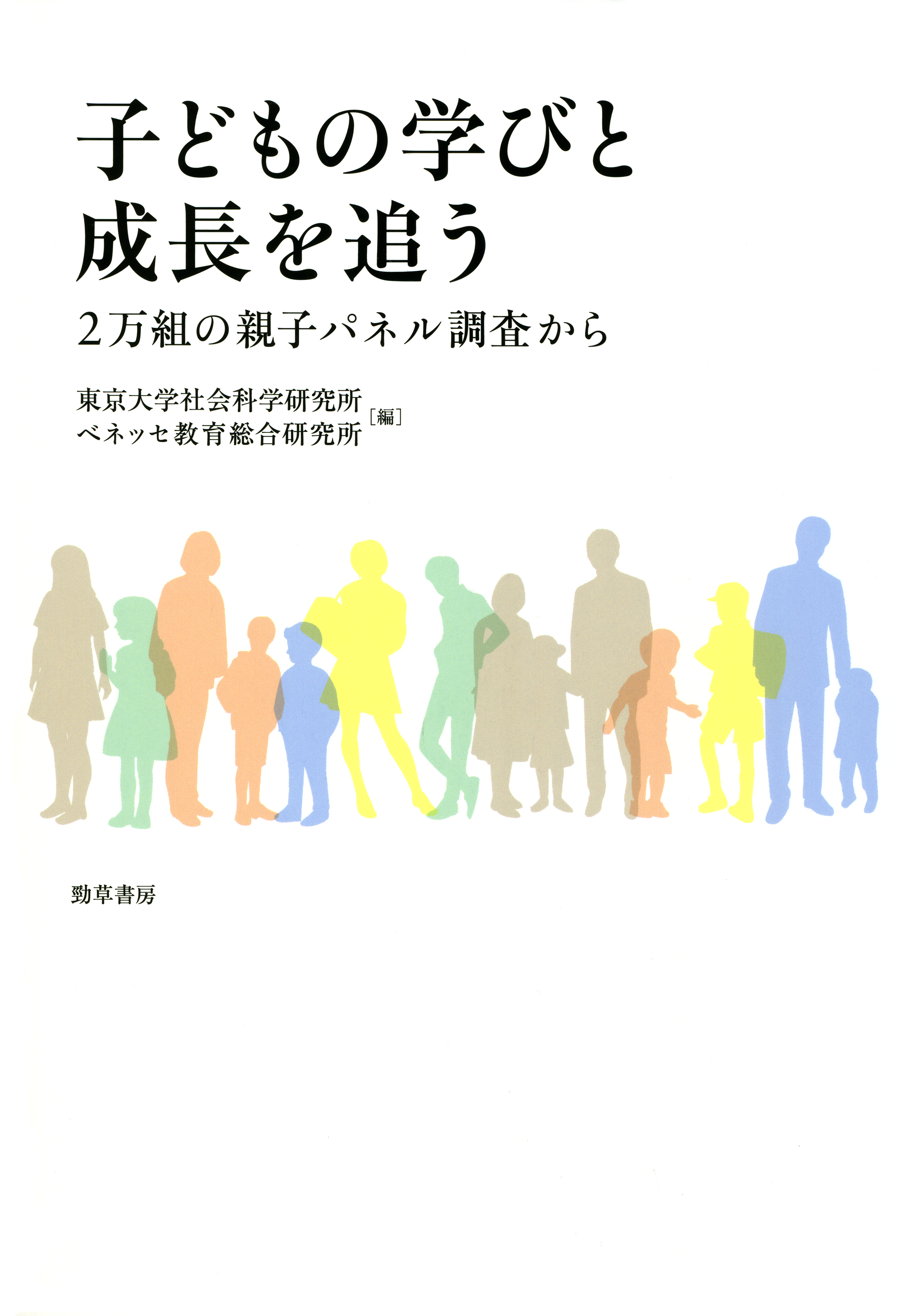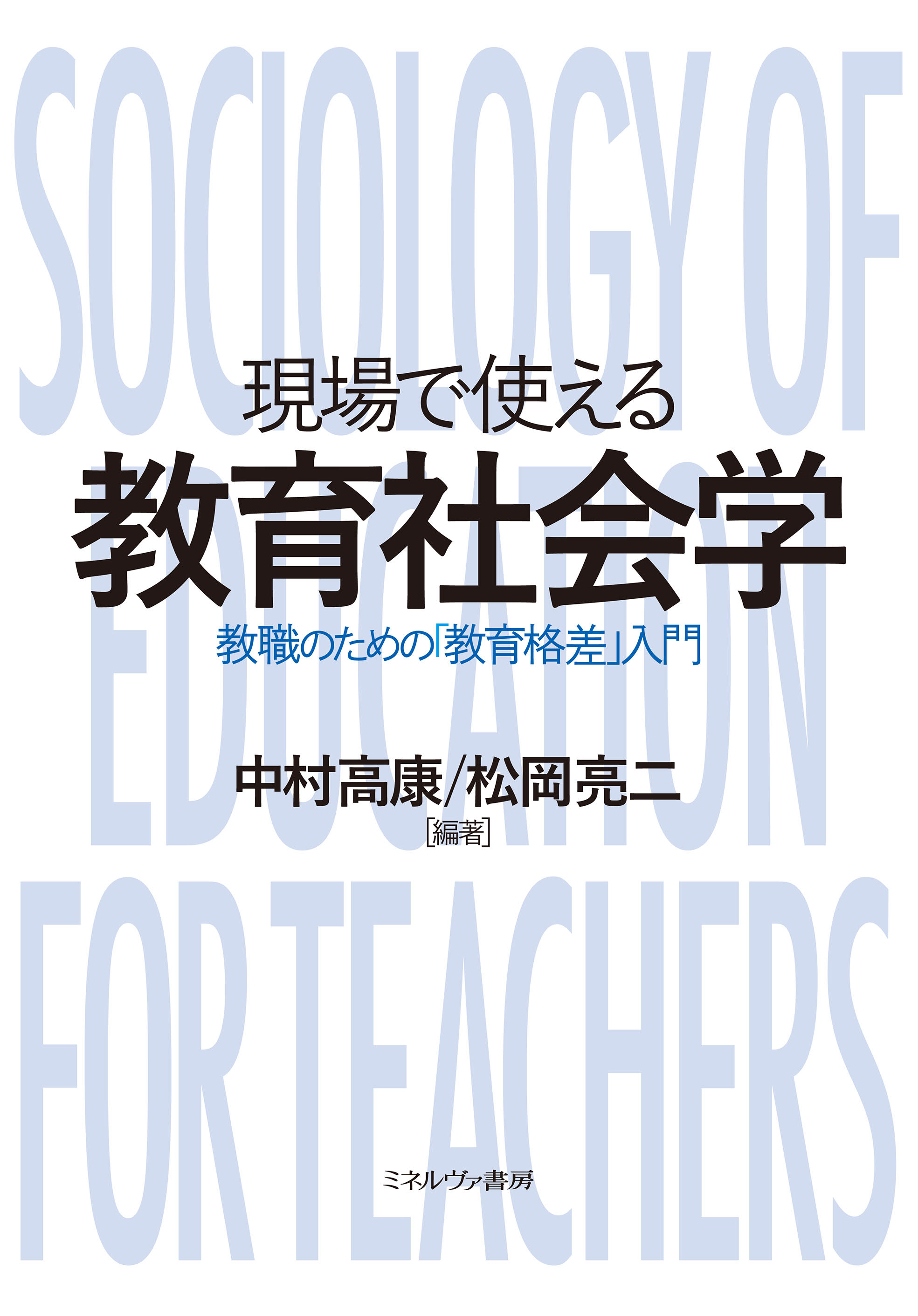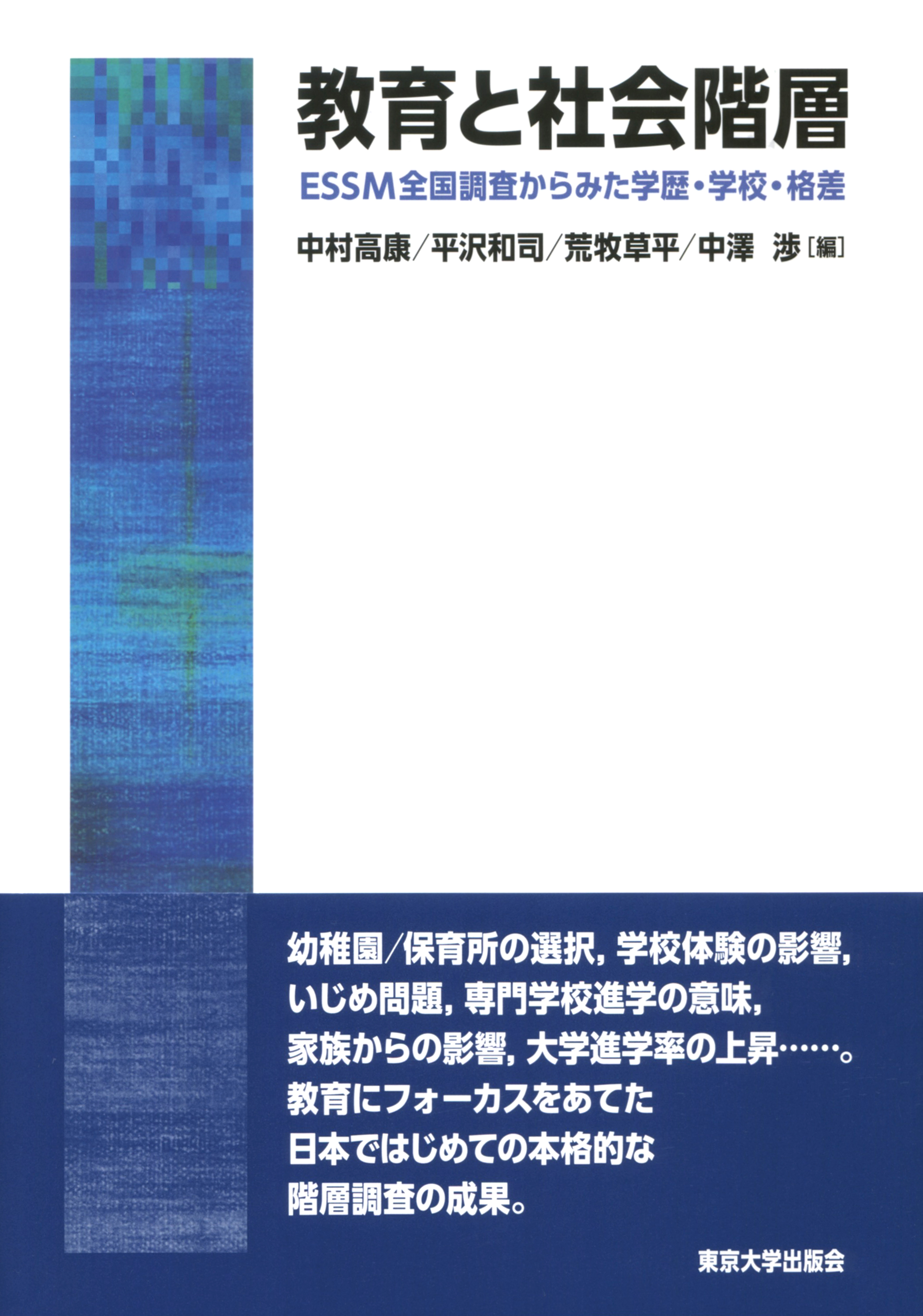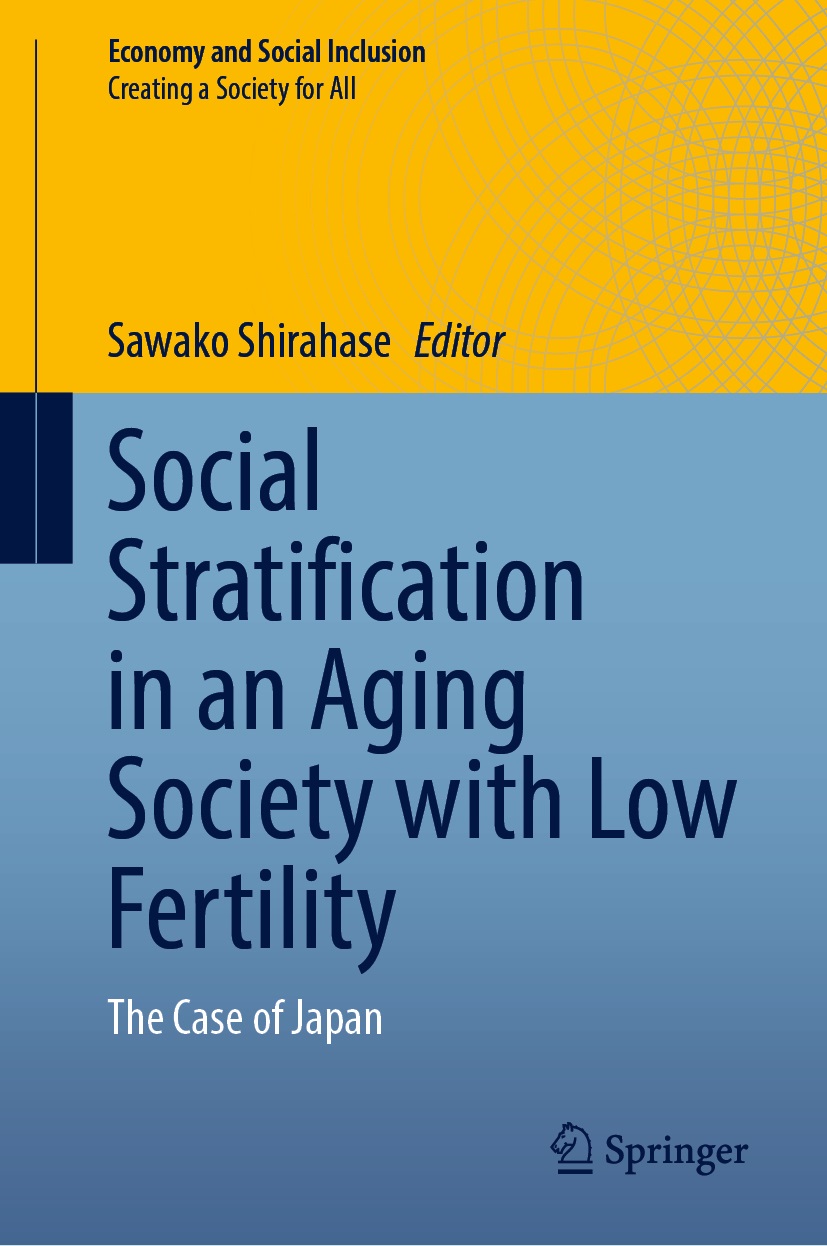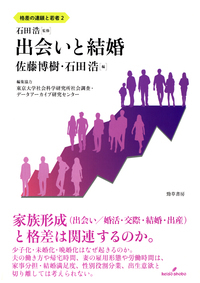
Title
Series on Inequality and Youth 2 Deai to Kekkon (Courtship and Marriage)
Size
256 pages, A5 format
Language
Japanese
Released
April, 2019
ISBN
978-4-326-64883-2
Published by
Keiso Shobo
Book Info
See Book Availability at Library
Japanese Page
What sort of inequalities and inequities are present among young people today? How does inequality come about, and how is it perpetuated? The Series on Inequality and Youth tackles these issues head on. The Institute of Social Science at the University of Tokyo has been carrying out the Japanese Life Course Panel Surveys (JLPS) project to track the life courses of young and middle-aged people in Japan. Every year, a 20-page questionnaire is sent out to people who were either young (20–34 years old) or middle aged (35–40 years old) in 2007, asking them about various aspects of their lives such as their working patterns, marital history, child birth, lifestyles, attitudes, and values. This series brings together the findings from analyses of survey data spanning the course of 10 years. Volume 1 focuses on the transition from school to work and occupational careers, while Volume 2 considers the shift from courtship to marriage, people’s motivations for having children, and their marital relationships. Volume 3 looks at how young people’s attitudes and values have changed.
Volume 2, Courtship and Marriage, highlights how unmarried men and women date, the processes they go through that lead to marriage, and the factors that encourage and hinder dating and marriage with a focus on examining how inequalities emerge among the youth. The main reason why the book focuses on the life events of dating, getting married, and having children is that non-marriage and late marriage are significant factors influencing contemporary Japan’s low birthrate. In the chapter analyzing the process from meeting a partner to marrying them, the main factor driving the shift from dating to marriage is having a strong desire to get married, and the different criteria men and women have when choosing a spouse can obstruct the transition into marriage. Although class-based factors such as education and the first occupation are unrelated to opportunities for courtship, they impact the processes leading up to marriage, and it is certainly not the case that all courtship leads to marriage.
The analysis in the chapter focused on people’s attitudes toward marriage finds that the meaning of marriage differs for men and women. For men, marriage is a goal, a milestone, and they remain satisfied once married. However, for women marriage is a starting point, and their experiences looking after children and working after getting married greatly impact their marital satisfaction. For women, attitudes toward divisions of labor where wives are confined to the home while husbands to go out to work grow more pronounced and fixed following marriage. This raises the possibility that traditional gender roles are already incorporated into the idea of “happy family life.”
The volume includes an analysis of the factors determining desire to have children: whether people want to have children and whether people who already have children want to have another child. The analysis reveals that in addition to demographic factors like age and the number of existing children, economic factors such as the husband’s income, the concerns about unemployment, and the wife’s working patterns exert significant influence. The stronger the desire for children, the more likely someone is to have a child within two years. Stability in the couple’s income and in employment opportunities is essential in stopping people from putting off childbirth.
(Written by ISHIDA Hiroshi, University Professor, Institute of Social Science / 2021)
Related Info
JLPS Panel Survey
https://csrda.iss.u-tokyo.ac.jp/english/socialresearch/



 Find a book
Find a book


 eBook
eBook